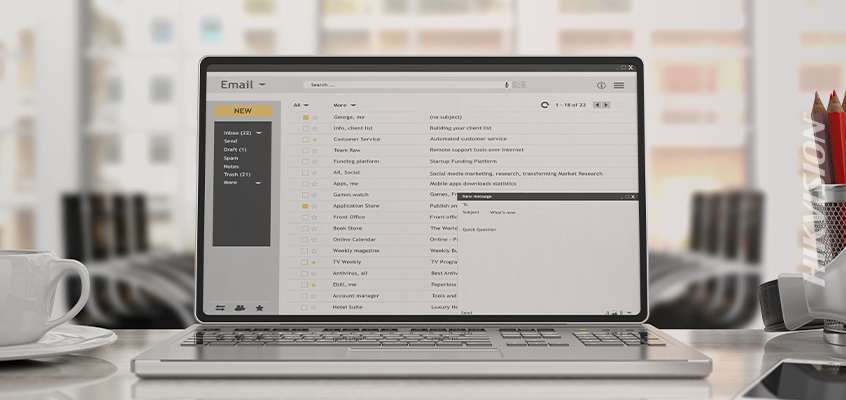Un nouveau rapport sur la gestion des risques informatiques révèle qu'une attaque par logiciel malveillant pourrait coûter jusqu'à 89 milliards de dollars
Hikvision couvre SecurityInfoWatch.com: Cinq conseils pour prévenir les ransomwares
Un nouveau rapport du projet CyRiM (Cyber Risk Management) a révélé qu'une attaque internationale contre les ransomwares, un type de malware, pourrait coûter jusqu'à 89 milliards de dollars aux États-Unis, selon un article paru dans SecurityInfoWatch.com.
Le rapport explore l'impact de l'infection par près de 30 millions d'appareils dans le monde entier de logiciels malveillants menaçant de détruire ou de bloquer l'accès aux fichiers jusqu'au paiement d'une rançon.
D'après l’article : « La cyberattaque - qui se déclenche via un courrier électronique infecté, chiffre les données sur tous les appareils connectés au réseau et a le potentiel de se propager rapidement dans le monde entier - cause des dommages à 600 000 entreprises, des plus grandes aux plus petites. Les pertes catastrophiques aux États-Unis résultent d’une combinaison de réduction de la productivité et de la consommation, des coûts de nettoyage informatique, du paiement d’une rançon et de la rupture de la chaîne logistique. ”
Le projet CyRiM est dirigé par la Nanyang Technological University, en collaboration avec des partenaires de l'industrie et des experts universitaires, notamment le Cambridge Center for Risk Studies et la Lloyds of London.
En savoir plus sur le rapport à ce lien .
Pour en savoir plus sur les attaques de logiciels malveillants par ransomware, cliquez ici pour lire le blog de Hikvision « SecurityInfoWatch.com fournit cinq astuces pour prévenir les ransomwares.

